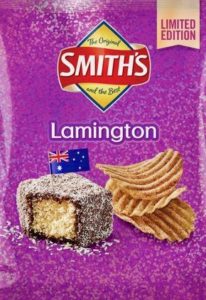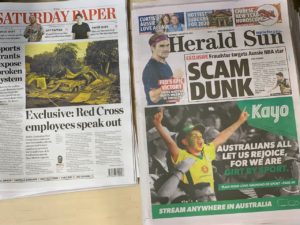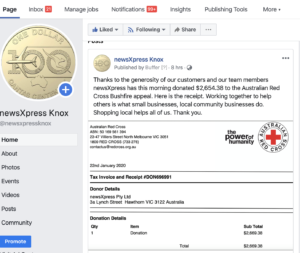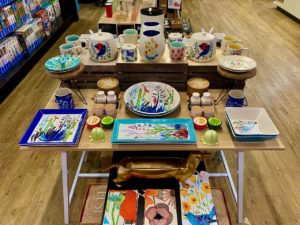We’ve all seen the headlines, because news outlets tend to like the drama of retail closures and challenges. Terms like retail apocalypse and retail armageddon have appeared in stories in recent weeks on the back of a series of challenging news about retail.
News outlets are quick to run stories forecasting doom and gloom. Often, the stories skate close to the surface without much analysis as to the reasons for closures. This bothers me as understanding the details can be helpful for context, and for mental health for those in retail.
Here are some of the stories from this year with notes from me offering context:
Harris Scarfe is closing 21 stores. They have been in trouble before. It is a second tier department store with modest critical mass. It found it hard to be competitive in a marketplace;axe that does not favour depatrment stores. I think their problems are due to department stores overall being in trouble and that they are a small group and therefore less able to weather changing times.
EB Games is closing 19 stores as a first step in an international review of physical store retail. I expect there will be more closures. There has been a fundamental shift in how games are sold. {physical stores are not as important as they used to be.
Bardot is closing 58 stores. This is a fashion brand that has not maintained relevance.
Curious Planet is planning on closing 63 stores. Ever since they list the Australian geographic branding the future has been in doubt.
Jeanswest is in administration and is reportedly likely to close 146 stores. Jeanswest sells discount jeans. The biggest group of jeans consumers are looking for more engaged brands than Jeanswest offers. Their differentiation was minimal. They as a business had not kept with the times.
Bose is closing 119 stores. They have figured out the commercial benefits of direct online engagement. Offering a 30 day no questions asked money back guarantee and costing shipping and other challenges, the company will make more money by closing 199 stores (leases, labour etc) and investing some of that into stronger online marketing.
The Bose move is what we should expect to see more of from international brands consumers trust. They will make more from direct relationships. We have plenty more to discuss in this topic is people are interested.
Rather than being drawn to the doom and gloom, which is a natural human response on reading reports like these, our time and energy is better spent on ensuring our retail businesses are relevant today.
How do we do that?
Yeah, it is the million dollar question … for which there is no one size fits all answer for every situation.
Here are some tips that I do know work:
Be the boss. It’s your business. You choose what you sell, who works there, how the business looks and how the business is marketed. Make those decisions like you are in charge.
Be relevant to today’s shopper. It’s likely the shopper is not like you. Too many stores stock what the owners and staff like. That is not a model for the future.
Be different. The more your shop looks like others the less it will stand out.
Provide solutions. It is much harder to convince someone to buy something they do not need, do not like, do not want or do not understand. It is much easier to get them to buy what they like, want, need or understand.
Embrace change. Know that what works today will be different tomorrow.
Treat data as cash. Small business retailers are notoriously bad at managing data. This leads to poor business decisions, which put businesses at risk. Treat data as a valuable asset and make better decisions as a result.
Sure there is tough news out there about retail. There is plenty of good news too.





